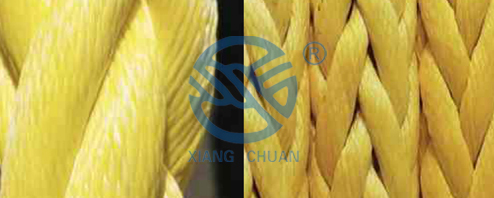
Mooring tails are an essential component of a mooring system that helps secure a boat to a dock or buoy. They are typically made of synthetic materials such as nylon, polyester, or polypropylene. While mooring tails serve a crucial function in ensuring the safety and stability of a vessel, their environmental impact is a topic of concern.
One of the primary environmental concerns associated with mooring tails is the disposal of worn-out or damaged tails. When mooring tails reach the end of their lifespan and need to be replaced, they are often discarded and end up in landfills or incinerated. This contributes to environmental pollution and waste accumulation, as synthetic materials can take hundreds of years to decompose.
Furthermore, the production of synthetic materials used in mooring tails has a significant environmental footprint. The extraction of raw materials, energy consumption, and the release of greenhouse gases during the manufacturing process all contribute to environmental degradation. Additionally, the use of synthetic materials in mooring tails contributes to the depletion of finite resources and increases carbon emissions.
Another environmental impact of mooring tails is the potential for marine pollution. If mooring tails are not properly maintained or secured, they can become detached from the boat and end up in the water, posing a threat to marine life. The synthetic materials used in mooring tails can degrade over time and release microplastics into the ocean, which can harm marine ecosystems and wildlife.
Despite these environmental concerns, there are measures that can be taken to make mooring tails more environmentally friendly. One potential solution is to use biodegradable or eco-friendly materials in the production of mooring tails. Biodegradable materials such as hemp or jute can be used as alternatives to synthetic materials, reducing the environmental impact of mooring tails.
Additionally, implementing proper disposal and recycling practices for worn-out mooring tails can help minimize their environmental impact. Recycling programs or initiatives that promote the reuse of mooring tails can reduce waste and promote sustainability in the boating industry.
Furthermore, raising awareness among boaters and marina operators about the environmental impact of mooring tails can help drive sustainable practices. Educating individuals on the importance of proper maintenance, disposal, and material choice can help reduce the environmental footprint of mooring tails.
In conclusion, mooring tails play a crucial role in the safety and functionality of mooring systems, but their environmental impact cannot be overlooked. By implementing sustainable practices, using eco-friendly materials, and promoting awareness, the environmental footprint of mooring tails can be minimized. It is essential for the boating industry to prioritize environmental sustainability and strive towards more environmentally friendly mooring solutions.


 +86-514-88253368
+86-514-88253368






